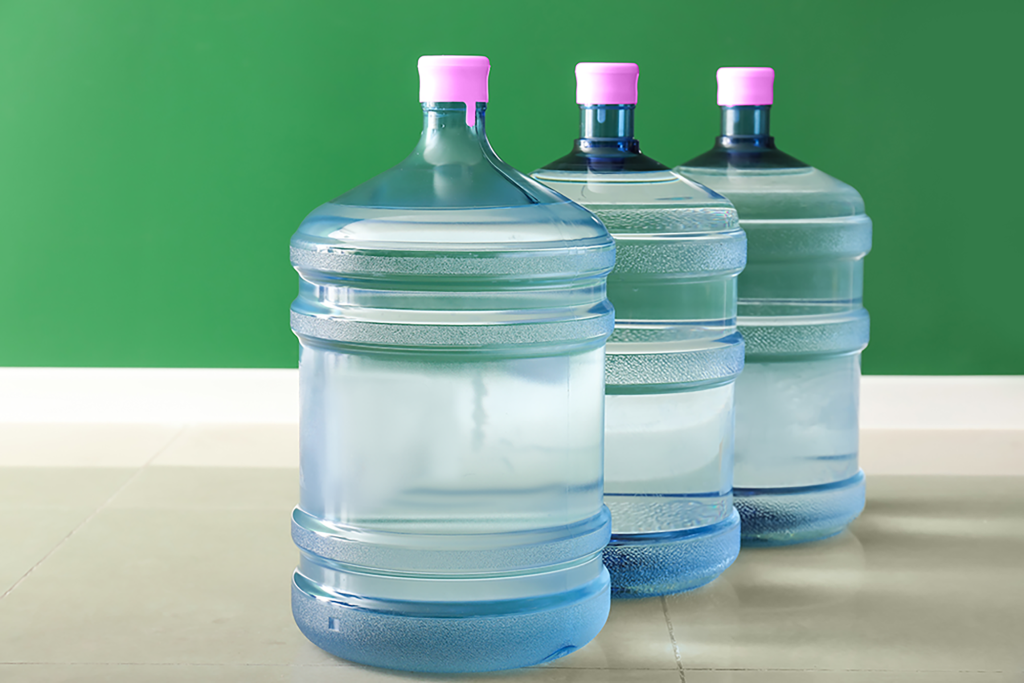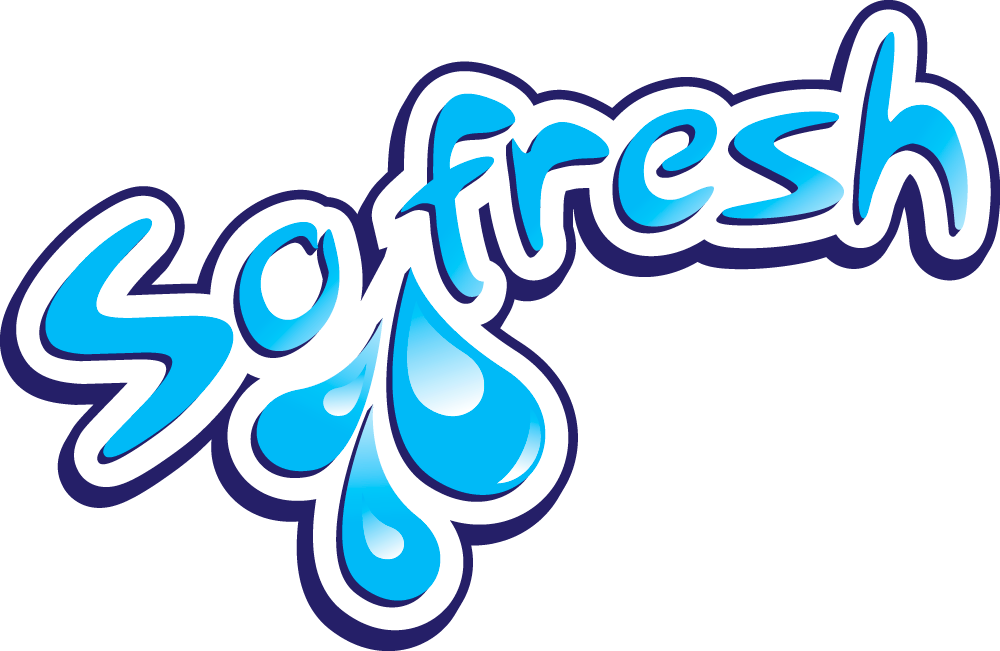What is potable water?
Water is the stuff of life, and every human, animal, and plant needs it to survive. But what is potable water, exactly? And why is it important?
Potable water is basically drinking water, or water that is used to prepare food. It might also be referred to as water that is used for other domestic purposes like washing dishes, and bathing, but the strict definition is water that is for human consumption. According to the United Nations, access to clean water is a basic human right. But unfortunately, around 2 billion people lack access to potable water at home1, which created a global drive to remedy the issue, with charities, foundations, and other organisations dedicated to the task.
Potable water usually comes from surface water (rivers, lakes, ponds—any water found on the earth’s surface) and groundwater, but can also come from seawater. To make it suitable for drinking, it goes through a purification process that may include passing it through filter beds to remove insoluble particles (like metals), and sterilising the water to kill microbes and other nasties. The word “potable” comes from the Latin word pōtābilis, which means “drinkable.”
In Australia, all tap water is potable. But this isn’t the case for many countries, including Mexico, Brazil, Russia, and even China2.The suitability of Australia’s tap water for drinking is due to The Safe Drinking Water Act 2003, which regulates the quality of drinking water, and ensures the compliance of water companies. These companies can also get help and guidance from the AUSTRALIAN DRINKING WATER GUIDELINES, which states that all water must be (among other things):
- Clear
- Colourless
- Without taste
- Without odour
- Well aerated
- Without any suspended matter, chemicals, or pathogenic microorganisms
Water companies can also get advice from the World Health Organization (WHO), which warns against any of the following contaminants that make water unsafe to drink, and technically not potable:
- Waterborne pathogens like bacteria, viruses, and parasites, which can cause a variety of horrible illnesses, and are common in places where safe potable water isn’t available (like Africa).
- Inorganic pollutants like mineral acids, metals, and sulphates. These can cause neurological issues, especially in unborn children.
- Organic contaminants like solvents, pesticides, industrial discharge, which can cause cancer and disrupt the functioning of your endocrine system (which produces hormones).
- Radiological contaminants like plutonium, uranium, and radon. These are highly carcinogenic.

What is non-potable water?
Non-potable water is water that is not safe to drink, and should not be consumed, inhaled, or used for washing (including washing dishes) under any circumstances. Non-potable water covers a variety of water types including blackwater (from toilets), greywater (usually used for washing), and wastewater (which covers both blackwater and greywater).
Non-potable water is generally used for purposes such as watering lawns, washing cars, cooling towers, dust suppression for building works, and more. A common example of non-potable water comes from water storage tanks, which collect rainwater. This water hasn’t been sterilised, so it cannot be used for human consumption.
References
• GLOBAL WASH FAST FACTS | GLOBAL WATER, SANITATION AND HYGIENE | HEALTHY WATER | CDC
